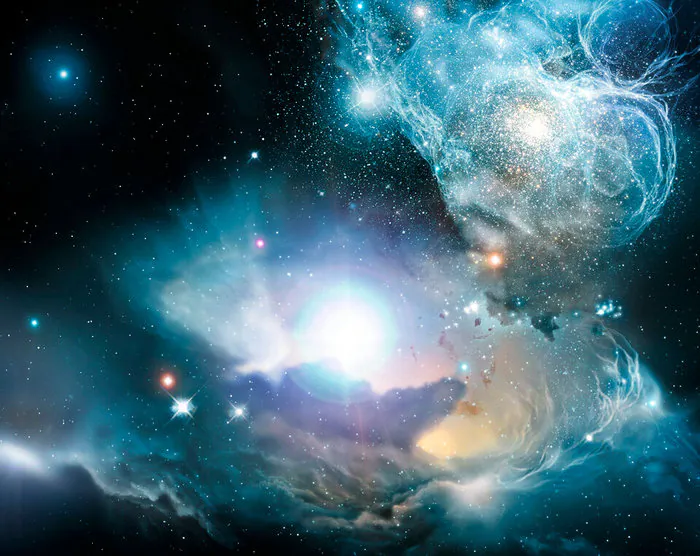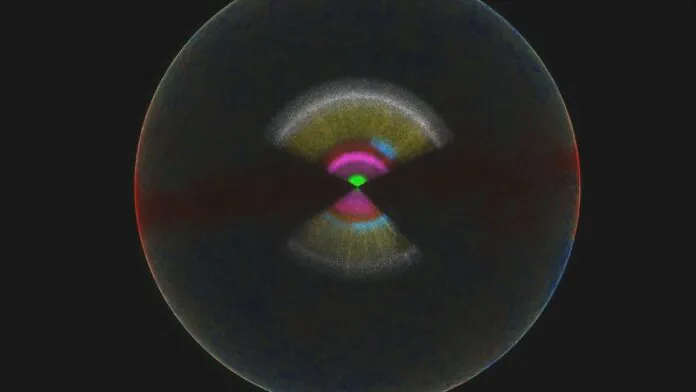© ROOT-NATION.com - Use of content is permitted with a backlink.
Classification of celestial objects is a long-standing problem. With sources at almost unbelievable distances, it is sometimes difficult for researchers to distinguish between objects such as stars, galaxies, quasars, or supernovas. Researchers at the Instituto de Astrofísica e Ciências do Espaço (IA), Pedro Cunha and Andrew Humphrey, tried to solve a classic problem by creating SHEEP, a machine learning algorithm that determines the nature of astronomical sources. Andrew Humphrey (IA and University of Porto, Portugal) comments: “The problem of classifying celestial objects is very challenging, in terms of the numbers and the complexity of the universe, and artificial intelligence is a very promising tool for this type of task.”

SHEEP is a controlled machine learning pipeline that estimates photometric redshifts and uses this information to classify sources as galaxies, quasars, or stars. Before performing a classification, SHEEP first evaluates the photometric red deviations, which are then placed in the dataset as an additional function to train the classification model.
The team found that the inclusion of redshift and object coordinates allowed the AI to identify them on a three-dimensional map of the universe, and they used this along with color information to better assess the properties of the source. For example, AI has learned that the ability to find stars closer to the Milky Way plane is higher than at galactic poles. Humphrey added: “When we allowed the AI to have a 3D view of the universe, this really improved its ability to make accurate decisions about what each celestial object was.”
Extensive surveys, both ground- and space-based, such as the Sloan Digital Sky Survey (SDSS), have yielded large amounts of data, revolutionizing astronomy. Future research by the Vera C. Rubin Observatory, the Dark Energy Spectroscopy (DESI), the Euclid Space Mission (ESA), or the James Webb Space Telescope (NASA/ESA) will continue to provide more detailed information and visualization. However, the analysis of all data using traditional methods can take a long time. AI or machine learning will be crucial for the analysis and best scientific use of this new data.

Pedro Cunha says, “One of the most exciting parts is seeing how machine learning is helping us to better understand the universe. Our methodology shows us one possible path, while new ones are created along the process. It is an exciting time for astronomy.”
Imaging and spectroscopic research are one of the main resources for understanding the visible content of the universe. The data of these surveys allow us to conduct statistical studies of stars, quasars, and galaxies, as well as to discover more unusual objects.
You can also help Ukraine fight with Russian occupants via Savelife or via an official page of the National Bank of Ukraine.
Read also:
- Hubble photographed an unusual pair of spiral galaxies
- NASA’s James Webb Telescope is fully operational


